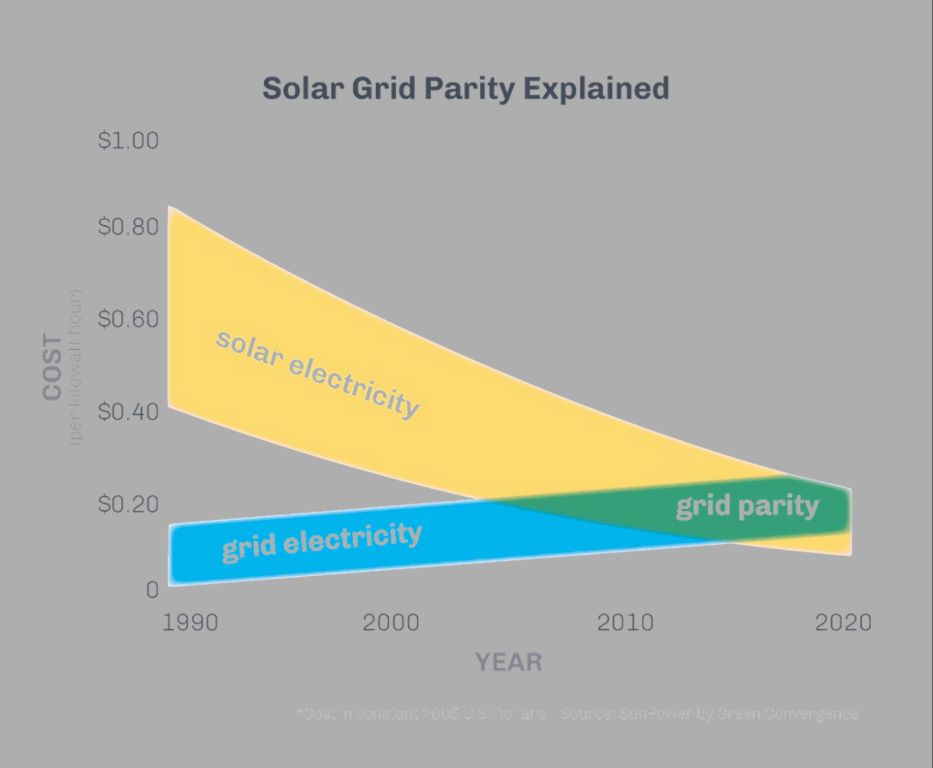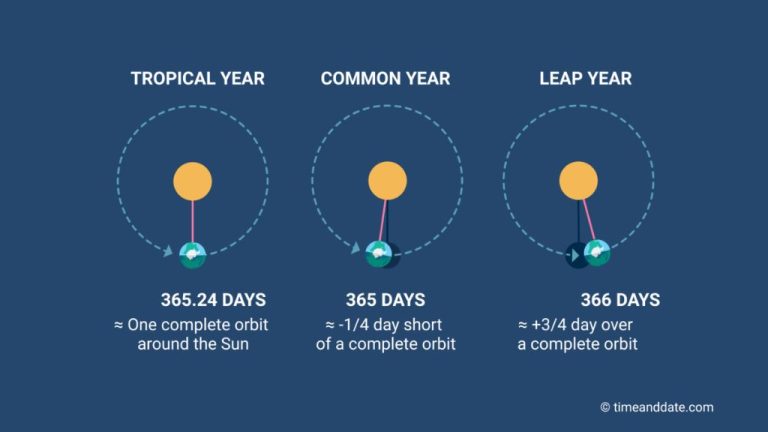Is Solar Energy New In The Us
Solar energy has been utilized in the United States for over a century, with some of the earliest applications being solar thermal collectors used for heating water and passive solar building designs that took advantage of sunlight to provide space heating and lighting. The modern solar industry really began in the 1950s with the development of the silicon photovoltaic (PV) cell by Bell Labs, which converts sunlight directly into electricity. Over the subsequent decades, solar PV and solar water heating slowly gained adoption, especially in the American Southwest. However, it wasn’t until the 2000s that solar started to experience more mainstream success due to falling costs and supportive policies. Today, solar energy is one of the fastest growing renewable energy sources in the US, providing over 3% of total electricity generation as of 2020. With continued cost declines and efficiency improvements, solar is poised to become a major pillar of a decarbonized US electric grid.
Early Adoption of Solar
The earliest adoption of solar technologies in the United States dates back to the late 19th century. In 1891, Clarence Kemp of Baltimore, Maryland constructed the first viable solar water heater. It consisted of a black-painted metal tank inside a wooden box with a glass cover. The sun’s energy heated the water inside the tank. By 1897, 30 solar water heaters had been installed in Pasadena, California to heat homes (Source).
The first solar collector designed to produce electricity was built in 1883 by Charles Fritts, who coated selenium with a thin layer of gold to form the first solar cells. These primitive solar cells had less than 1% efficiency in converting sunlight to electricity. It wasn’t until the 1950s that photovoltaic technology advanced to where it could be practically used (Source).
In 1908, William Bailey of St. Louis, Missouri invented the first solar water heater that relied on natural convection rather than pumps to circulate water. This passive design became known as the Climax solar water heater and was in widespread use for 20 years. These early solar water heating systems gained some popularity in Florida, California, and the Southwest to heat swimming pools and homes.
Solar Tax Credits
The federal government has implemented key policies like tax credits that have helped drive the growth of solar energy adoption in the U.S. One of the most impactful policies is the solar Investment Tax Credit (ITC). The ITC allows homeowners, businesses, and utilities investing in solar panel installations to deduct 30% of the project cost from their federal taxes.
The ITC was originally established in 2006 by the Energy Policy Act under the Bush administration, but was scheduled to expire after only 2 years. However, Congress has continually renewed and expanded the ITC. According to the Solar Energy Industries Association (SEIA), since the ITC was enacted the U.S. solar industry has grown by over 200 times.
The SEIA credits the ITC for enabling the dramatic cost declines in solar over the past decade, making it more affordable and driving widespread adoption. The ITC is currently set at 26% for projects started in 2022, and will drop to 22% in 2023 before expiring completely for residential projects in 2024. While the phase out may slow industry growth, continued cost improvements are expected to sustain strong solar adoption rates.
Sources:
Solar Investment Tax Credit (ITC) | SEIA
Brief History of the Solar Investment Tax Credit (ITC)
Cost Declines
The costs of solar panels and solar energy systems have fallen dramatically in recent decades. According to the National Renewable Energy Laboratory (NREL), module costs for solar panels declined by 85% over the past 10 years. In 2011, the average cost of a solar module was around $1.80 per watt. By 2021, the average module cost had dropped to $0.27 per watt. This significant decrease has been a major driver in bringing down the overall installed costs of solar photovoltaic systems.
Overall costs for residential solar systems have declined from around $50,000 a decade ago to between $15,000-$25,000 today, largely thanks to the falling prices of solar panels (CNET). In addition to equipment costs, soft costs like installation labor and customer acquisition have also fallen over time. These dramatic declines in solar costs have made solar energy competitive with conventional electricity sources in many parts of the country.
According to the U.S. Energy Information Administration (EIA), average construction costs for solar power plants of all types decreased 6% in 2021 to $1,561 per kW. With continued technological improvements and economies of scale, the overall costs of solar installations are projected to continue falling in the years ahead.
Grid Parity
Grid parity is the point at which solar energy became cost-competitive with traditional sources of electricity like coal and natural gas. For solar, this is measured as the point when the cost of producing solar electricity falls below the cost of buying power from the grid. The US reached this milestone around 2012-2013 in several regions like California, Hawaii, and parts of the Southwest.

According to a 2012 NREL report, rooftop solar reached grid parity first in states like California and Hawaii with high electricity prices [1]. The main drivers enabling solar to reach parity were declining module costs as well as state and federal incentives like tax credits. The report predicted that with continued cost declines, the majority of US states would reach parity in the next decade.
By 2013, grid parity maps like the one created by Sunmetrix [2] showed solar electricity costs at or below utility rates across large regions of the Southwest, as well as states like Hawaii, California, and parts of the Northeast. The maps illustrate the dramatic declines in solar costs that enabled parity in much of the country within a few short years.
Mainstream Adoption
Solar energy has seen tremendous growth in the past decade as costs have rapidly declined and the technology has become much more mainstream. According to the U.S. Solar Market Insight report from SEIA, the US solar market has grown at a compound annual rate of 20% over the past 10 years. In 2021 alone, the US installed 23.6 GW of solar capacity, a 46% increase over 2020. Residential solar also set records in 2021, with over 3 GW installed that year.
With rapidly declining costs, solar energy in many parts of the US is now cost-competitive with conventional energy sources like coal and natural gas. This “grid parity” has helped drive adoption, along with strong policy support in states like California. SEIA forecasts that the US solar market will quadruple in size over the next 5 years. As costs continue to fall and more homeowners and businesses opt for solar, it is clear that solar has transitioned from a niche energy source to a mainstream adoption.
Leading States
Some states have emerged as leaders in solar energy adoption in the US. California leads the nation by a wide margin with over 38,000 megawatts of solar capacity installed, powering over 3 million homes in the state (The Best And Worst States For Solar Energy – Forbes). The sunny climate and early adoption of favorable policies like net metering helped make California a hotbed for solar growth. Other sunny southwestern states like Arizona, Nevada and Utah also rank among the top 10 for total solar capacity, largely thanks to the abundant solar resource (Best States for Solar Energy: Exploring America – SolarSME).
North Carolina and Florida stand out as leading adopters outside of the Southwest. North Carolina ranks second in the nation with over 7,000 megawatts installed, aided by strong state tax incentives and renewable portfolio standards. The state has seen massive utility-scale project development (Top 10 Solar States | SEIA). Florida cracks the top five states despite not having the most favorable policies, showing that solar economics combined with high power prices can drive substantial growth.
Current Challenges
Despite the growth and advances in solar technology, some challenges still remain for wider adoption of solar energy in the US. One of the main challenges is the cost of installation. While the cost of manufacturing solar panels has decreased significantly in recent years, the “soft costs” like permitting, labor, and customer acquisition can still make solar systems expensive to install.
Reliability of solar power, especially when using batteries for storage, is another concern. Maintaining consistent energy production during cloudy weather or at night remains an issue. However, improvements in energy storage technology are helping address these problems.
The intermittency of solar power makes integrating high amounts of solar onto the electric grid a challenge. Upgrading transmission infrastructure and improving forecasting ability can help manage solar variability.
Recycling solar panels at the end of their usable lifespan (typically around 25 years) is also an emerging issue. Developing large-scale recycling processes will be important as more panels are decommissioned.
While solar power brings many benefits, these challenges must be addressed to allow solar to reach its full potential as a mainstream energy source in America.
Future Outlook
Projections show that solar power will continue its rapid growth in the coming decades, driven by advancements in technology and policy support. According to the Solar Futures Study by the National Renewable Energy Laboratory (NREL), solar energy could supply up to 40% of the nation’s electricity by 2035 and 45% by 2050 if solar capacity grows rapidly. Under the study’s high solar scenario, nation could add over 1,000 GW of new solar capacity between 2020-2050. NREL projects that advancements in solar technology like improved efficiency and battery storage integration will enable greater deployment.
Government policy at both the federal and state levels will play a key role in facilitating expansion of solar power. Extending solar tax credits, implementing clean energy mandates, updating grid infrastructure, and removing regulatory barriers can incentivize utilities, businesses, and homeowners to adopt solar power. Key states leading solar growth include California, Texas, Florida, North Carolina and Arizona. However, every state has ample solar resources to harness. With the right policies, declining costs, and technological improvements, solar is poised to be a major pillar of America’s renewable energy economy going forward.
Conclusion
Solar energy has come a long way in the United States over the past several decades. Early adoption was slow, but key policy support through solar tax credits helped spur installation growth. Declining costs due to technological improvements and economies of scale have also made solar more affordable and accessible.
Today, solar has hit grid parity in many states and has gone mainstream with millions of solar installations nationwide. Leading solar states like California, Arizona, and North Carolina show the promise of robust solar expansion. At the same time, challenges remain around ensuring fair net metering compensation, upgrading grid infrastructure, and maintaining supportive policies.
Looking ahead, the future is bright for greater solar adoption across America. With continuing cost declines and innovative business models, solar energy can increasingly compete head-to-head with conventional power sources. As solar further penetrates the energy mix, it can help tackle climate change, reduce air pollution, create jobs, and expand energy access.



